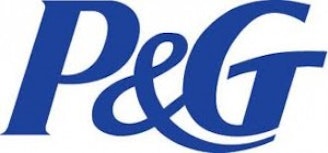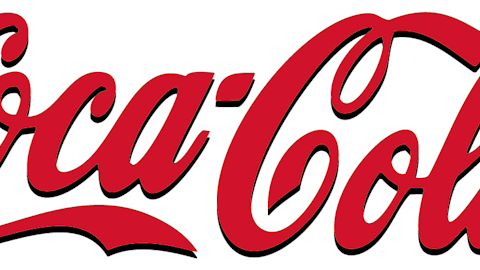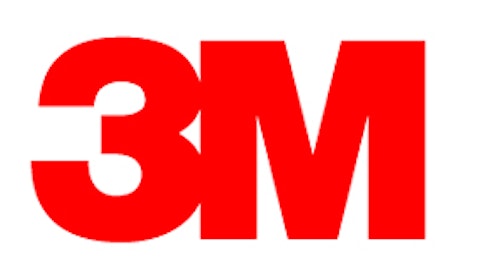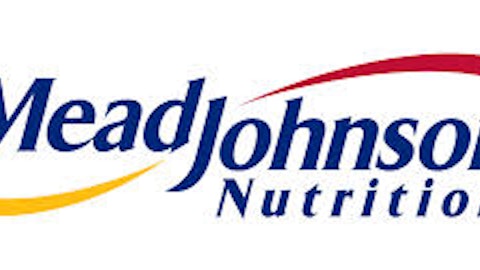
Yet as the cover story in the current issue of Fortune magazine relates, things have not been going so well at the iconic consumer goods company, whose rich clutch of brands includes Fairy, Daz, Tampax, Gillette, Duracell, and Pantene. For while the share price has indeed largely tracked the S&P 500, it has significantly underperformed its peers in the consumer staples sector of the index.
And the article’s authors — and the sources that those authors spoke to — pin much of the blame on chief executive Bob McDonald. McDonald, it seems, has presided over middling revenue growth, a decline in net income and a declining market share. Executives, charged the article, have been deserting in droves — including Paul Polman, now chief executive of archrival Unilever plc (ADR) (NYSE:UL).
And the comparison with Unilever is very apposite. Bedeviled by complex reporting structures and matrix management, P&G’s growth is seen as comparing very poorly with the nimbler and less complex Unilever. McDonald’s job is on the line, it seems, and analysts and investors alike are looking for an improvement in the numbers.
So should British investors consider a stake in Procter & Gamble?
Buy America
Procter & Gamble, it’s fair to say, is not a share that many British investors will ever have considered buying — despite the fact that buying the shares of international companies is now easier, and cheaper, than ever.
Indeed, America’s stock markets could well be considered a “must buy” for serious long-term investors, making up as they do a whopping 52% of the MSCI World Index. The U.K., by comparison, makes up just 9%.
Yet for all of this, few of us seeking exposure to America’s markets get farther than buying an American index tracker — such as HSBC’s low-cost HSBC S&P 500 ETF or Vanguard’s Vanguard S&P 500 ETF.
Doing the deal
The facts: Look closely, and for most investors, trading through most “big name” brokers, buying American shares is no more complicated than buying British shares.
Granted, the commission is a little higher, and there are foreign exchange costs to take into account, but these aren’t excessive. My broker, for instance, charges just 11.95 pounds commission — and don’t forget that with foreign shares, there’s no stamp duty to pay.
That said, there’s a little more form-filling involved. America’s Internal Revenue Service charges a 30% Withholding Tax on dividends, for instance, and overseas investors — that’s you — need to fill in a W-8BEN form once a year to get a reduced tax rate.
The good news? Every broker is familiar with these forms and filling it in is very straightforward. Putting it another way, compared to when I first bought American shares through an American broker in the 1990s, today’s dealing arrangements couldn’t be simpler.
So is Procter & Gamble a buy?
Clearly, Procter & Gamble faces some headwinds. That said, the conclusion drawn by the Fortune article is that McDonald and his most senior executives have gotten the message. Indeed, peer into the latest numbers, and it’s possible to conclude that even if things aren’t getting markedly better, they aren’t — for once — getting worse.




